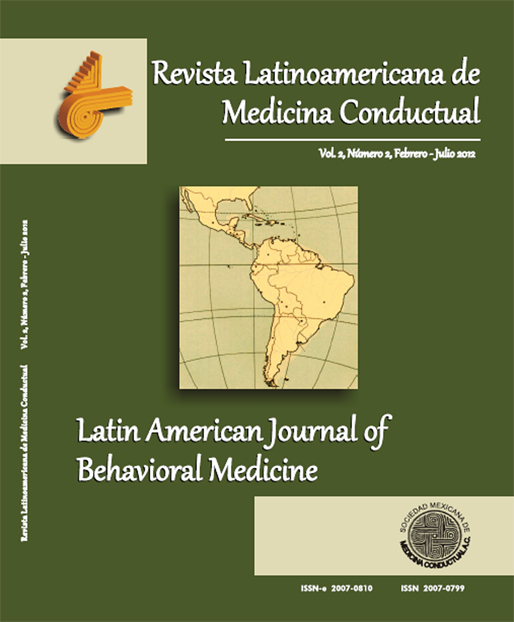Equine-Assisted Therapy Behavior Program with a Girl with Autism: A case study
Main Article Content
Abstract
Nowadays there are multiple treatment options for autism; however the impact of different treatments on theimprovement of children with this problem is not entirely evidenced by scientific research. Objetive. Thepresent study implemented a treatment for autism in a four year girl through a behavioral program with acomponent which handled horse riding as positive reinforcer, in addition to the benefits currently attributedto the equine therapy. Method. A baseline was established and progress was assessed through observationalrecords, which recorded positive responses to the instructions given to the girl. Correct responses wererewarded with trot or gallop on horseback. Results indicate that the program was effective in reducingstereotypic behavior and in establishing such behaviors as quiet hands, eye contact and mouth kept shut.Conclusion. The study confirms the benefits of behavioral programs and equine therapy in children withautism. Continuing the development of studies evaluating the impact of diverse treatment options in similarconditions will help design better treatment options for this syndrome.
Article Details
How to Cite
Contreras Medina, O., Sotelo Castillo, M. A., & Barrera Hernández, L. F. (2015). Equine-Assisted Therapy Behavior Program with a Girl with Autism: A case study. Revista Latinoamericana De Medicina Conductual / Latin American Journal of Behavioral Medicine, 2(2). Retrieved from https://journals.unam.mx/index.php/rlmc/article/view/46865
Citas en Dimensions Service

Este obra cuyo autor es Universidad Nacional Autónoma de México está bajo una licencia de Reconocimiento-NoComercial-SinObraDerivada 4.0 Internacional de Creative Commons.
Creado a partir de la obra en http://www.revistas.unam.mx/index.php/rlmc.
